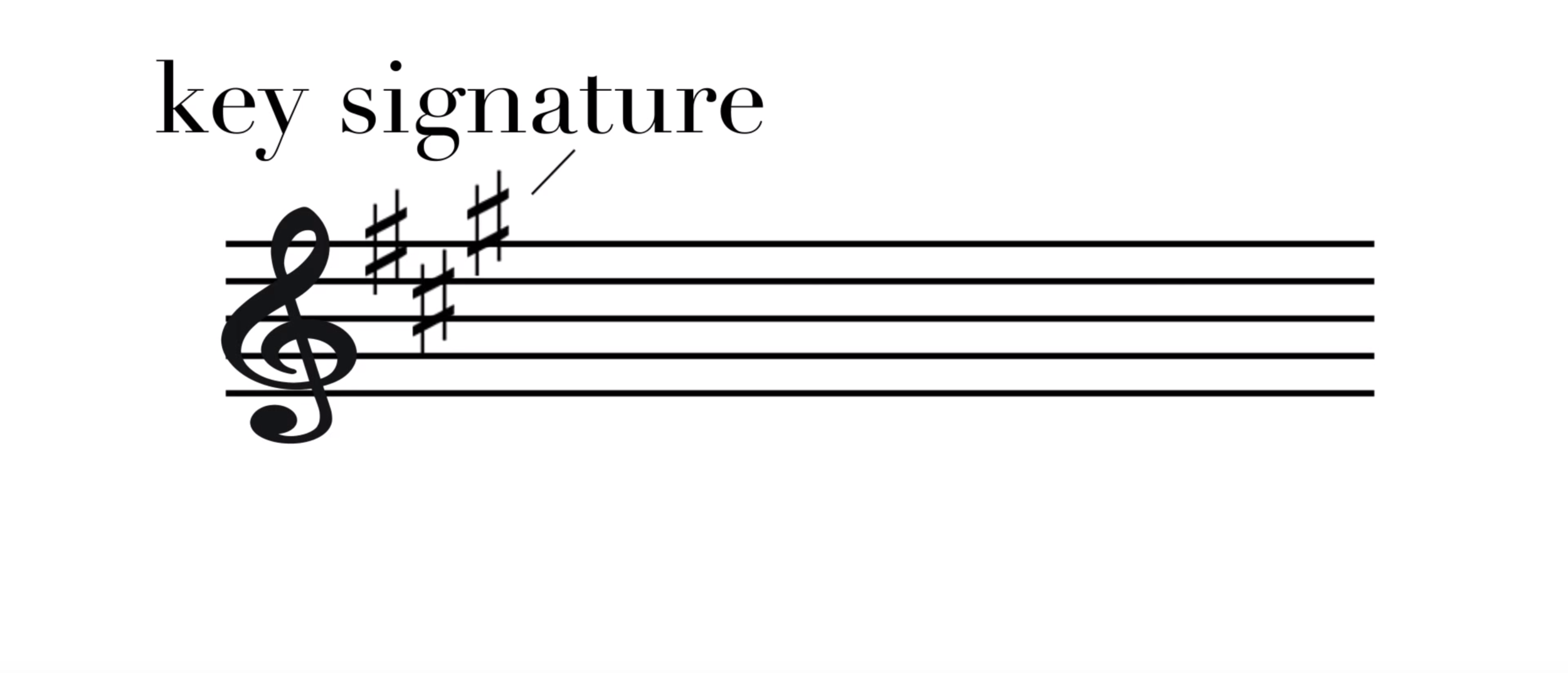How To Read Music
Today we are going to look at the very basics of music theory: how to read music.
Before we can start learning music theory, we need to know what we are looking at. So, I’m going to graph out the different elements that make up modern sheet music.
Staff/Stave
The staff (or staves) is the five lines that on which we write musical notation.
Clef
The five lines of the staff have no meaning without a clef. The clef is a symbol that indicates how to read the staff. The clef is the furthest left marking on the staff. We will look at different types of clefs in another video.
Key Signature
Just to the right of the clef, the key signature indicates the sharps, flats and naturals that belong to the key the music is in. I will make a specific video for key signatures and explore them more in depth.
Time Signature/Meter
To the right of key signature is the time signature. Unlike the clef and key signature, time does not alter the notes themselves, but rather tells you how to count them. Again, there will be a video exclusively to explain time signatures and how they work.
Notes and Rests
A note is the representation of a single sound. On the staff they indicate both pitch and duration. If two notes are stacked on top of each other, it is called an interval. If three or more notes are stacked, it is called a chord. Rests work the same way as notes in terms of duration, except no pitch is played.
Other Markings
We usually will have a tempo marking that indicates how fast or slow to play the piece. Certain sections of music may have tempo alterations, or specific instructions. Certain notes or passages of notes may have expressive markings that indicate how to play them.
So, that is the very basics of music reading so you know what exactly it is that you are looking at. Next time we will look more in depth into clefs and how they are used.











